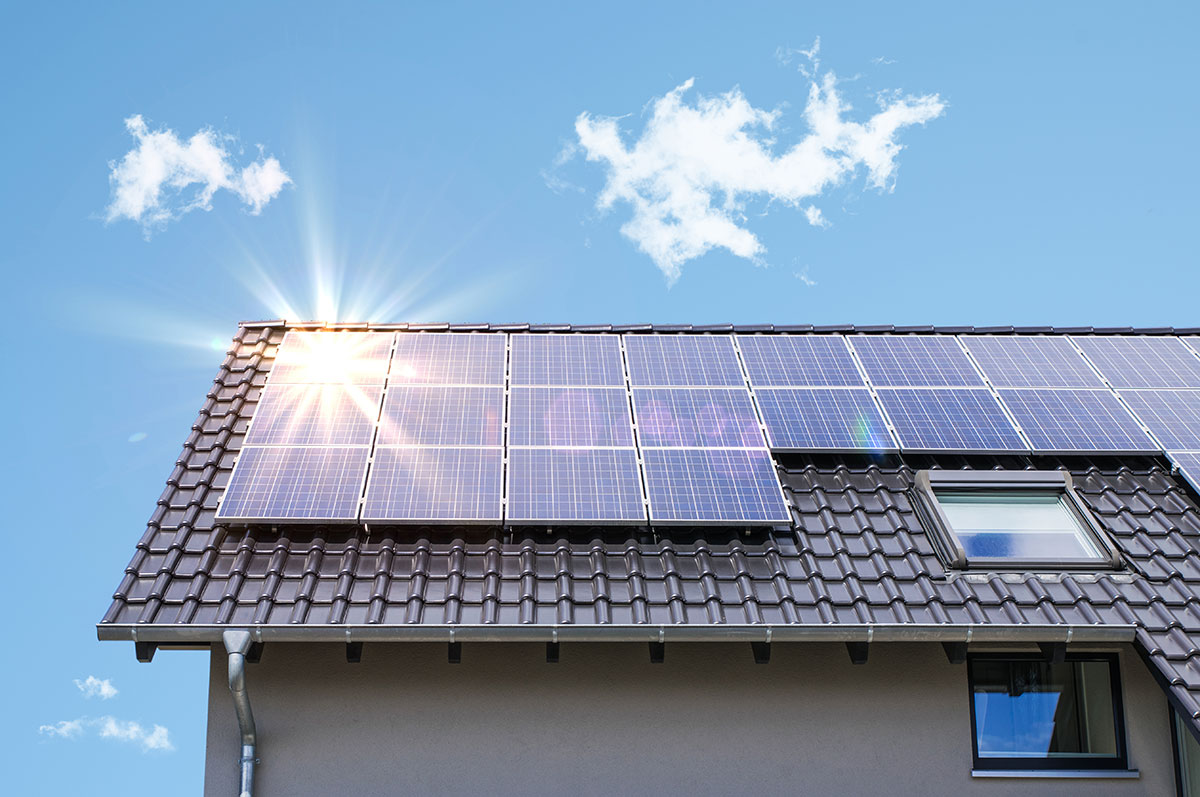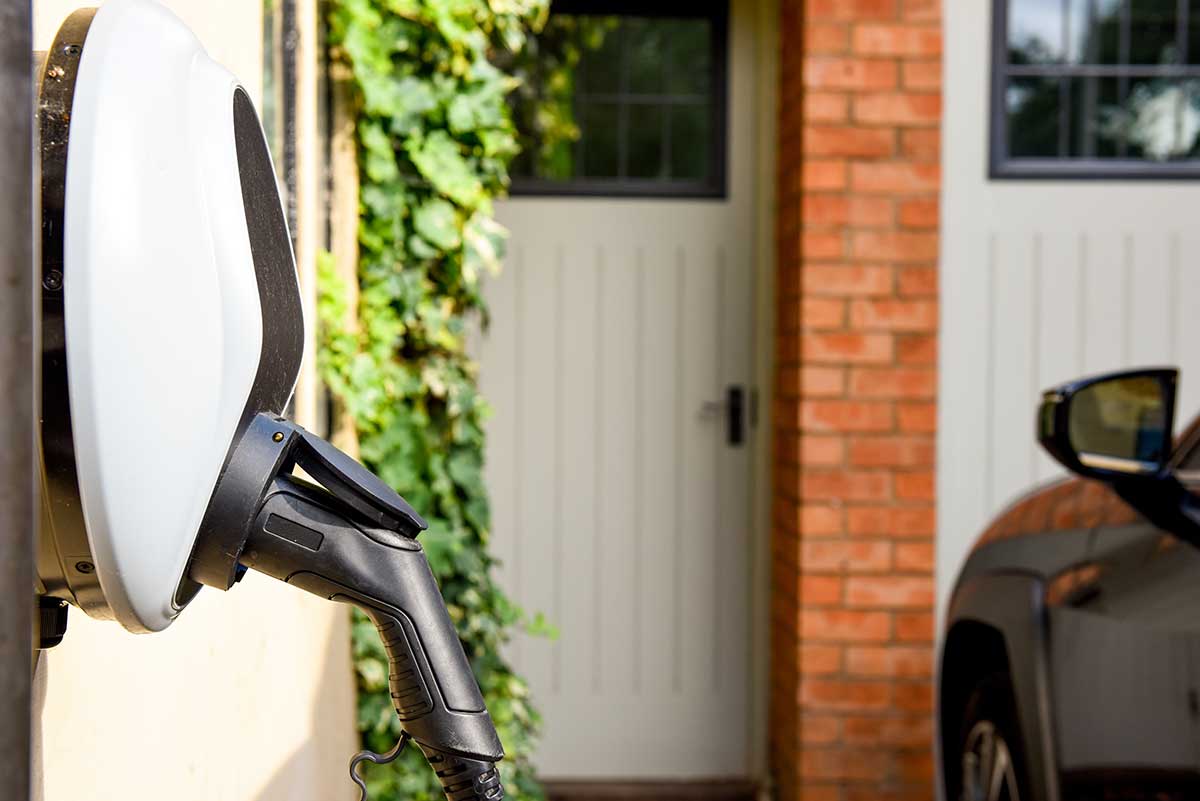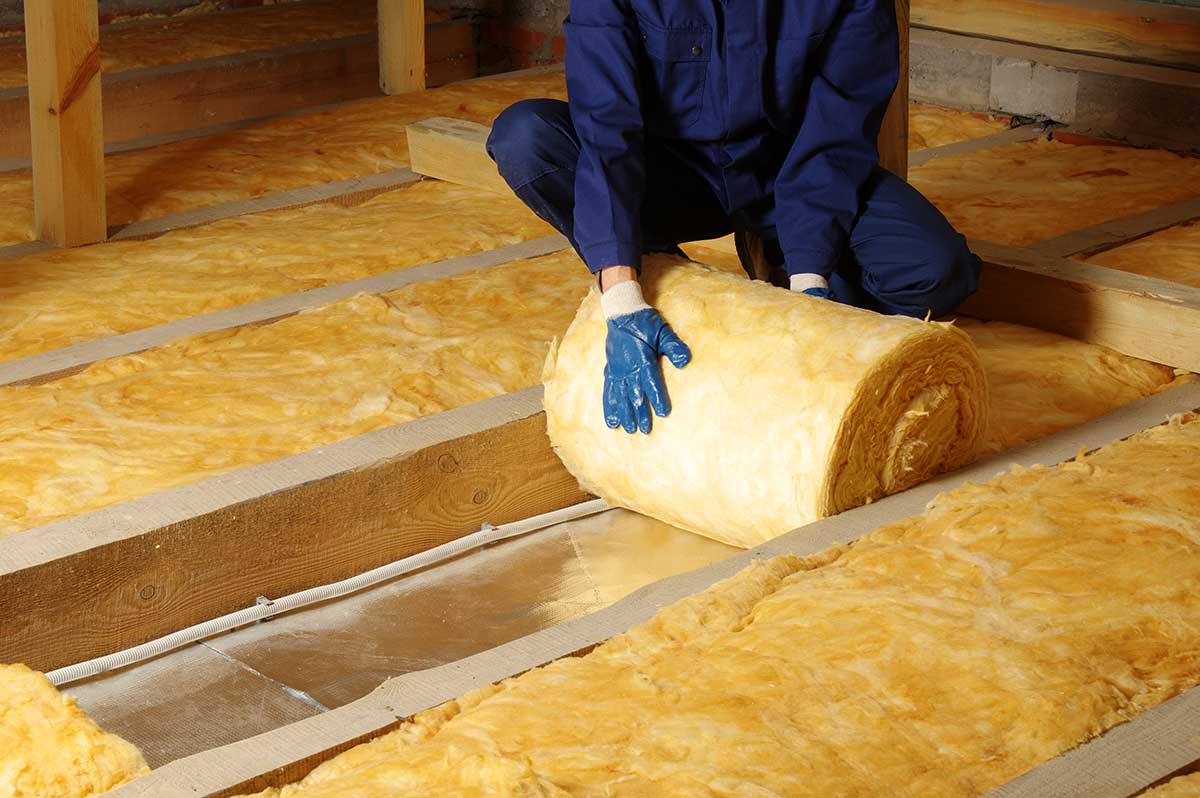
Jargon Busters

Written by
Michael Malone
Last edited
27/07/2024
Installing a solar PV panel system in your home is a big investment and it seems like you have to learn a whole new language in even thinking about having one installed.
We’ve rounded up some of the generally used terms, so you can understand the basics and shop for your solar PV panel system with confidence.
AC Electricity
Accelerating current electricity (AC electricity) is a type of electrical current whereby electrons swing back and forth in regular cycles. Household electricity typically relies on AC electricity.
BER Rating
A BER rating ranks your home from A to G in terms of energy efficiency with A being the most energy efficient and D the least energy efficient rating.
The BER rating of your home may be the first step in improving your home’s energy efficiency.
Bi-directional Solar Meter
This bi-directional solar meter measures electricity import into the home from the main grid and solar PV generated electricity export from the home back to the main grid. The idea is to provide visibility of the generation source mix.
DC Electricity
Direct current (DC) electricity has an electrical current where electrons flow in one direction. DC electricity can be used to power large batteries, motors and power supplies.
Inverter
The inverter is a component of a solar system that converts electricity from a DC (direct current) to an AV (alternating current) form for use in your home. Your home can only use electricity in AC form.
A single string inverter converts DC electricity generated by solar PV panels into AC electricity which is required for use in your home.
A hybrid inverter means that energy generated by solar PV panels can be used in the home, stored in a solar battery, or sent to the main electricity grid.
Kilowatts and Kilowatt-hours
The size of your solar PV system may be measured in kilowatts (KW), which is a measure of how much power it generates. Kilowatts are a measure of electricity produced or consumed.
Kilowatt-hours (kWh) is a unit of measuring electricity (or gas) used by energy suppliers. It is the energy delivered by 1 kW for one hour.
Solar lifespan
The life-expectancy of solar panels before they begin to decrease in efficiency. Modern solar panel lifespans are generally 25 to 30 years.
Main Grid
The main grid supplies commercial electricity into your home through your electricity meter. This is the system of lines, cables, and substations that distribute power through the national grid.
Your solar panels can be connected to the main grid and feed excess power generated by your solar panels to the main grid, although not all domestic solar PV systems do so.
Mounting System
Mounting systems are the different ways solar panels can be attached to structures such as roofs. Ground and pole mounting systems also exist, although they’re less common for homeowners.
Payback Period
This refers to the amount of time it takes for solar panels to essentially pay for themselves through the savings made on energy bills over the years.
Off-grid
The electrical grid supplies electricity to homes and businesses. Solar panels allow for some people to live “off-grid” should they wish to – meaning they are not connected to the main national grid.
Photovoltaics
The conversion of light into electricity through semiconducting materials in solar panels such as silicon, which allow for the photovoltaic effect to take place.
Renewable Energy Source
Renewable energy sources are sources of energy such as sunlight, wind, and water which can be used on an ongoing basis to generate power.
These are an alternative to fossil fuels such as coal, peat, and oil which can only be used to generate energy once.
SEAI
The Sustainable Energy Authority of Ireland is Ireland’s national sustainable energy authority. They provide information and grants to enable householders to become more energy aware and efficient.
SEAI Individual Energy Upgrade Grants and Fully Funded Energy Upgrade Grants are available to householders who wish to become more energy efficient in their homes, including grants for Solar PV panels.
Smart Homes
Smart homes are homes where all devices are managed from a single, central hub.
Smart home devices can include your solar energy system, home security system, heating, and lighting, as well as smart home appliances and entertainment systems.
Smart Meter
Smart meters can more accurately measure and record your energy usage. They will send data to your energy company in real time, so you get an accurate, rather than an estimated bill.
Smart meters also provide you with data to empower you to be more in control of your energy use and take advantage of off-peak tariffs etc.
Smart meters can also work with a solar PV system to show how much of your electricity use is solar, and how much is from the main grid.
Solar Battery
Where you integrate a solar battery into your solar PV system, the battery can store any excess power generated by your solar PV panels for use in your home.
This excess may be used at a time when the solar panels are generating less power, such as in winter or in times of prolonged poor weather.
Solar Panels – Photovoltaic (PV) Solar Panels
PV solar panels are panels, usually placed on your roof, which generate electricity when exposed to sunlight.
A Solar panel consists of photovoltaic (PV) glass and PV cells which convert sunlight to electricity.
There are various types of solar panel available.
Thin film panels, mono-crystalline panels, and poly-crystalline panels. Each is constructed differently which affects their efficiency and price.
Solar Power
This is the form of electricity that is generated by sunlight. Solar power is a renewable energy source.
Solar PV panels are so efficient that they can generate electricity, even in Ireland’s poor climate which can be used in your home for lighting, heating, hot water, and to run appliances.
Solar PV Systems
Solar PV systems consist of a solar array (PV panels), roof fixtures, an inverter, a solar meter, and sometimes a solar battery.
Solar PV systems allow your home to make energy efficiency and financial savings as they work in a highly efficient way to generate renewable energy from sunlight to power your home.
Installing a solar PV system, which can last for up to 20- 30 years, can provide you with solar power which will reduce your energy bills substantially and reduce your reliance on the national grid for your electricity needs.
You may even contribute to the national grid with some systems, offering you further savings on your energy bills.
Solar Water Heater
Solar thermal hot water systems use sunlight, via a solar collector on your roof, to produce hot water for your home.
They use slightly different technology to solar PV panels and are designed solely to produce hot water, thus replacing or significantly reducing the use of mains electricity or gas to heat water. Hot water is almost constantly available with these systems, at a fraction of the cost of a traditional immersion.
Author:

Michael Malone
SOLAR ENERGY EDITOR
Michael Malone is Solar Energy Editor at Energy Efficiency Ireland. He is committed to highlighting the benefits of solar PV for people across the island of Ireland, and is eager to clear up some misconceptions which linger among the Irish public regarding solar energy.
Author:

Michael Malone
Solar Energy Editor
Michael Malone is Solar Energy Editor at Energy Efficiency Ireland. He is committed to highlighting the benefits of solar PV for people across the island of Ireland, and is eager to clear up some misconceptions which linger among the Irish public regarding solar energy.
Jargon Busters
Written by
Aimee Whelan
Last edited
27/07/2024
Installing a solar PV panel system in your home is a big investment and it seems like you have to learn a whole new language in even thinking about having one installed.
We’ve rounded up some of the generally used terms, so you can understand the basics and shop for your solar PV panel system with confidence.
AC Electricity
Accelerating current electricity (AC electricity) is a type of electrical current whereby electrons swing back and forth in regular cycles. Household electricity typically relies on AC electricity.
BER Rating
A BER rating ranks your home from A to G in terms of energy efficiency with A being the most energy efficient and D the least energy efficient rating.
The BER rating of your home may be the first step in improving your home’s energy efficiency.
Bi-directional Solar Meter
This bi-directional solar meter measures electricity import into the home from the main grid and solar PV generated electricity export from the home back to the main grid. The idea is to provide visibility of the generation source mix.
DC Electricity
Direct current (DC) electricity has an electrical current where electrons flow in one direction. DC electricity can be used to power large batteries, motors and power supplies.
Inverter
The inverter is a component of a solar system that converts electricity from a DC (direct current) to an AV (alternating current) form for use in your home. Your home can only use electricity in AC form.
A single string inverter converts DC electricity generated by solar PV panels into AC electricity which is required for use in your home.
A hybrid inverter means that energy generated by solar PV panels can be used in the home, stored in a solar battery, or sent to the main electricity grid.
Kilowatts and Kilowatt-hours
The size of your solar PV system may be measured in kilowatts (KW), which is a measure of how much power it generates. Kilowatts are a measure of electricity produced or consumed.
Kilowatt-hours (kWh) is a unit of measuring electricity (or gas) used by energy suppliers. It is the energy delivered by 1 kW for one hour.
Solar lifespan
The life-expectancy of solar panels before they begin to decrease in efficiency. Modern solar panel lifespans are generally 25 to 30 years.
Main Grid
The main grid supplies commercial electricity into your home through your electricity meter. This is the system of lines, cables, and substations that distribute power through the national grid.
Your solar panels can be connected to the main grid and feed excess power generated by your solar panels to the main grid, although not all domestic solar PV systems do so.
Mounting System
Mounting systems are the different ways solar panels can be attached to structures such as roofs. Ground and pole mounting systems also exist, although they’re less common for homeowners.
Payback Period
This refers to the amount of time it takes for solar panels to essentially pay for themselves through the savings made on energy bills over the years.
Off-grid
The electrical grid supplies electricity to homes and businesses. Solar panels allow for some people to live “off-grid” should they wish to – meaning they are not connected to the main national grid.
Photovoltaics
The conversion of light into electricity through semiconducting materials in solar panels such as silicon, which allow for the photovoltaic effect to take place.
Renewable Energy Source
Renewable energy sources are sources of energy such as sunlight, wind, and water which can be used on an ongoing basis to generate power.
These are an alternative to fossil fuels such as coal, peat, and oil which can only be used to generate energy once.
SEAI
The Sustainable Energy Authority of Ireland is Ireland’s national sustainable energy authority. They provide information and grants to enable householders to become more energy aware and efficient.
SEAI Individual Energy Upgrade Grants and Fully Funded Energy Upgrade Grants are available to householders who wish to become more energy efficient in their homes, including grants for Solar PV panels.
Smart Homes
Smart homes are homes where all devices are managed from a single, central hub.
Smart home devices can include your solar energy system, home security system, heating, and lighting, as well as smart home appliances and entertainment systems.
Smart Meter
Smart meters can more accurately measure and record your energy usage. They will send data to your energy company in real time, so you get an accurate, rather than an estimated bill.
Smart meters also provide you with data to empower you to be more in control of your energy use and take advantage of off-peak tariffs etc.
Smart meters can also work with a solar PV system to show how much of your electricity use is solar, and how much is from the main grid.
Solar Battery
Where you integrate a solar battery into your solar PV system, the battery can store any excess power generated by your solar PV panels for use in your home.
This excess may be used at a time when the solar panels are generating less power, such as in winter or in times of prolonged poor weather.
Solar Panels – Photovoltaic (PV) Solar Panels
PV solar panels are panels, usually placed on your roof, which generate electricity when exposed to sunlight.
A Solar panel consists of photovoltaic (PV) glass and PV cells which convert sunlight to electricity.
There are various types of solar panel available.
Thin film panels, mono-crystalline panels, and poly-crystalline panels. Each is constructed differently which affects their efficiency and price.
Solar Power
This is the form of electricity that is generated by sunlight. Solar power is a renewable energy source.
Solar PV panels are so efficient that they can generate electricity, even in Ireland’s poor climate which can be used in your home for lighting, heating, hot water, and to run appliances.
Solar PV Systems
Solar PV systems consist of a solar array (PV panels), roof fixtures, an inverter, a solar meter, and sometimes a solar battery.
Solar PV systems allow your home to make energy efficiency and financial savings as they work in a highly efficient way to generate renewable energy from sunlight to power your home.
Installing a solar PV system, which can last for up to 20- 30 years, can provide you with solar power which will reduce your energy bills substantially and reduce your reliance on the national grid for your electricity needs.
You may even contribute to the national grid with some systems, offering you further savings on your energy bills.
Solar Water Heater
Solar thermal hot water systems use sunlight, via a solar collector on your roof, to produce hot water for your home.
They use slightly different technology to solar PV panels and are designed solely to produce hot water, thus replacing or significantly reducing the use of mains electricity or gas to heat water. Hot water is almost constantly available with these systems, at a fraction of the cost of a traditional immersion.
Author:

Michael Malone
SOLAR ENERGY EDITOR
Michael Malone is Solar Energy Editor at Energy Efficiency Ireland. He is committed to highlighting the benefits of solar PV for people across the island of Ireland, and is eager to clear up some misconceptions which linger among the Irish public regarding solar energy.
Author:

Michael Malone
Solar Energy Editor
Michael Malone is Solar Energy Editor at Energy Efficiency Ireland. He is committed to highlighting the benefits of solar PV for people across the island of Ireland, and is eager to clear up some misconceptions which linger among the Irish public regarding solar energy.





